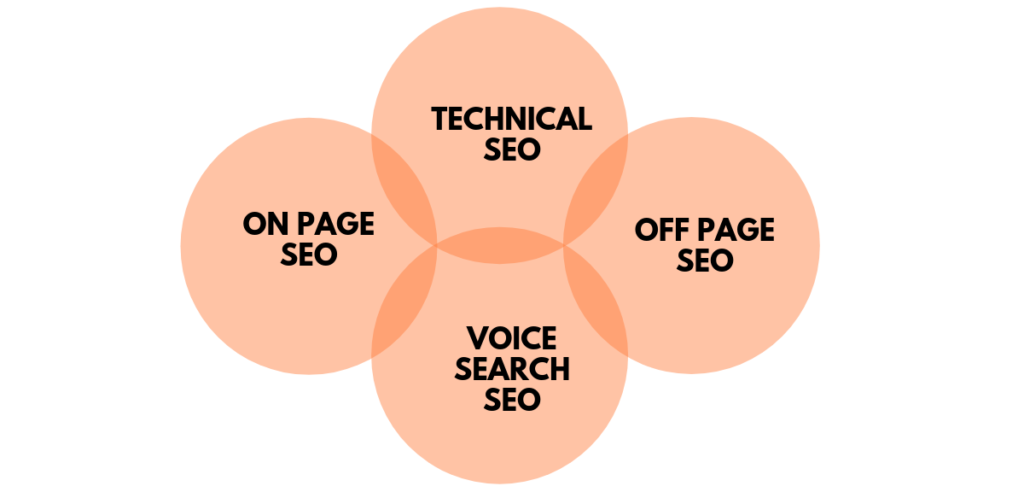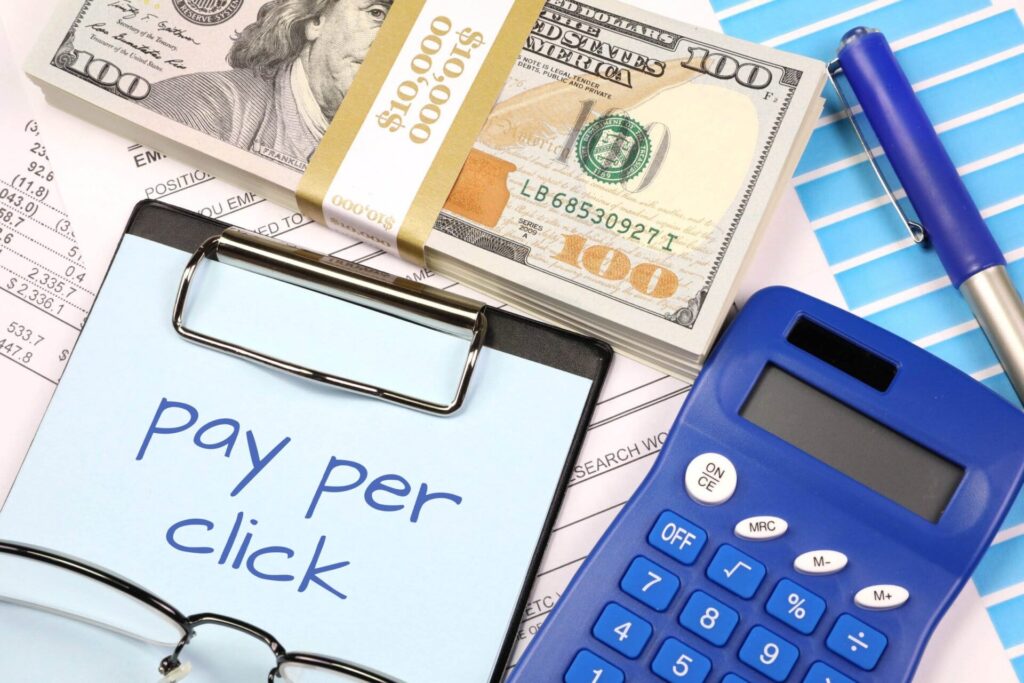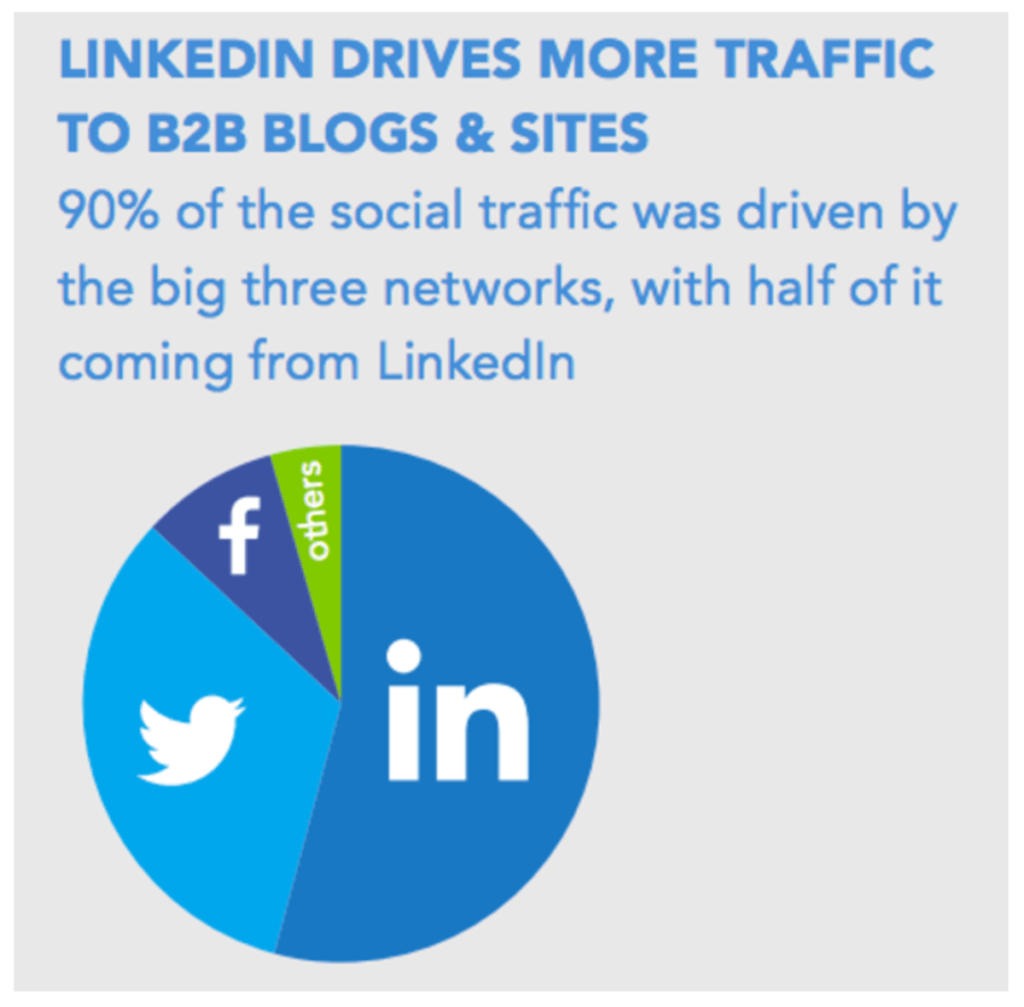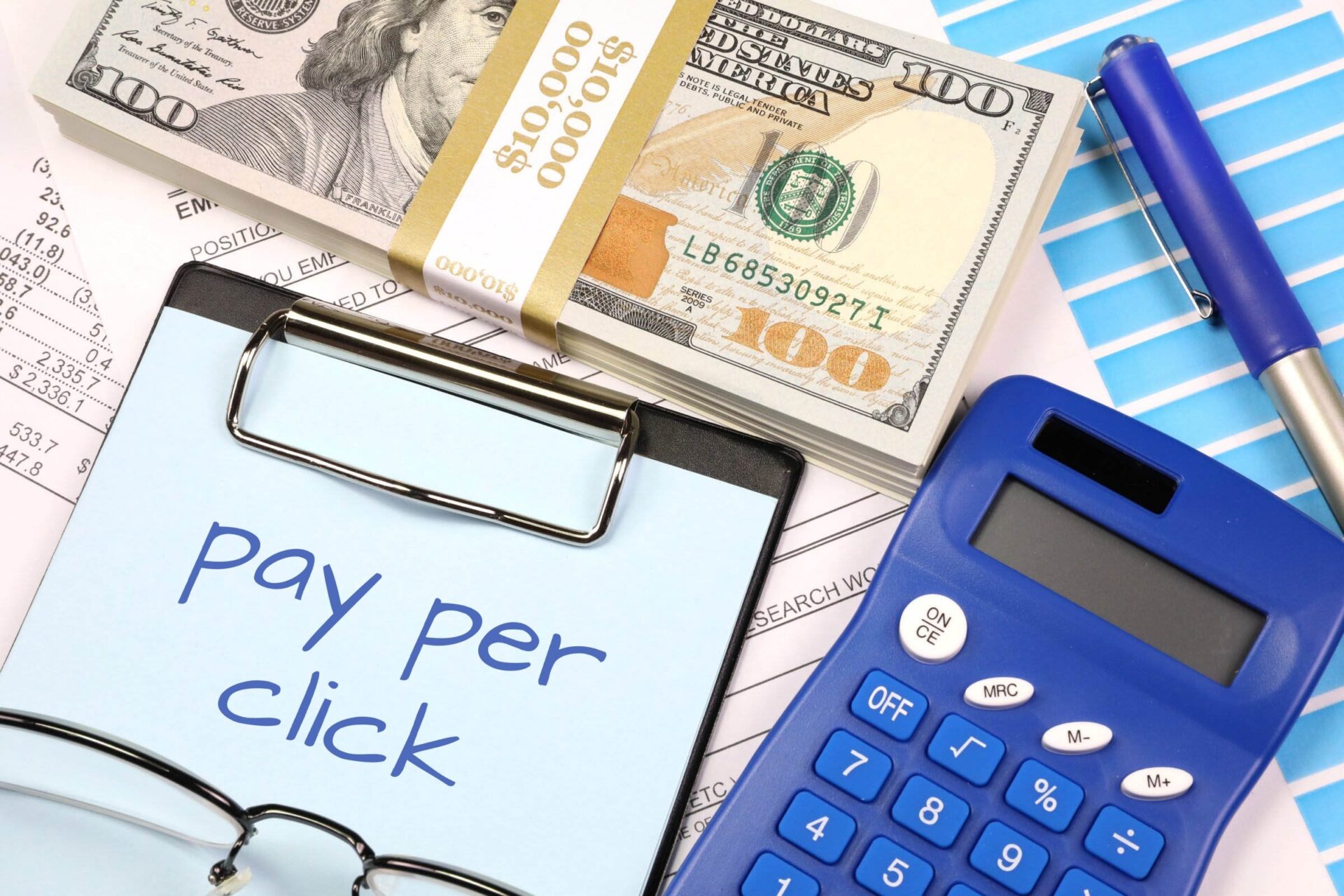Pay-per-click (PPC) advertising and landing pages go hand in hand. PPC ads drive targeted traffic to your website, while high-performing landing pages convert that traffic into leads and sales. But getting visitors to your site is only the first step. To maximize ROI from your PPC campaigns, you need landing pages that engage visitors and compel them to convert through strategic optimization and continual testing.
In this comprehensive guide, we’ll explore proven tips and best practices for creating PPC landing pages that convert visitors into leads and customers. Follow these recommendations to craft targeted content, optimize page layout and design, highlight your offer, measure performance, and continually refine your pages. With persistent optimization, you can transform lacklustre landing pages into powerful sales engines that give you the highest return on your PPC ad spend.
Craft Landing Pages Targeted to Your Audiences
One of the most effective ways to boost landing page conversion rates is to create customized pages tailored specifically to your target audiences. Generic, one-size-fits-all landing pages with boilerplate messaging simply won’t cut it. You need to speak directly to the needs, interests, and motivations of each visitor segment.
Conduct In-Depth Audience Research
Start by conducting thorough research on who your target audiences are based on where your traffic originates and what keywords and phrases they use to find you. Dig into your Google Analytics data to analyze age, location, gender, interests, and other attributes of your visitors. Examine search volume and competitiveness data for keywords in tools like Google’s Keyword Planner.
Develop detailed buyer personas that capture your audience demographics, common objections, pain points, and motivations. The more insights you gain about your ideal customers, the better you can craft content that resonates with them.
Create Custom Landing Pages
Armed with audience insights, you can develop customized landing pages tailored to each traffic source, campaign, ad group, and even specific keywords. Send traffic to the most relevant pages instead of your generic homepage.
For example, create separate landing pages for:
– Facebook ad campaigns targeted to different customer segments
– Search ad groups focused on distinct product benefits or buyer keywords
– Email campaigns promoting specific offers like downloads, trials, or webinars
– Different marketing initiatives like social media contests or events
With customized landing pages aligned to each campaign and audience, you can include the most relevant messaging, offers, and design elements to speak directly to their needs.
Craft Targeted Content
Every element on your landing pages should reflect your audience research. Tailor your headlines, subheads, body copy, images, and calls-to-action to resonate with each visitor segment.
– Headlines and Subheads: Highlight the most appealing benefits and outcomes for each audience in your headlines and subheads. What specific results are they looking for?
– Body Copy: Address the audience’s pain points and objections directly in the body copy. Explain exactly how your offer solves their struggles.
– Images: Select images that mirror your audience demographics and connect with their emotions. Stock photos should reflect real customers.
– CTAs: Use action-oriented language that speaks to what each audience really wants. For example, “Start My Free Trial” or “Get My Discount Now”.
When visitors land on a page with messaging laser-targeted to their needs, they convert at significantly higher rates. The extra effort to tailor your landing pages pays off exponentially.
Optimize Landing Page Layouts for Simplicity
In addition to content, the layout and structure of your landing pages impact conversion rates. Too many elements on a page or unclear navigation can distract visitors from your goal. Simplify and optimize page layouts by following these best practices:
Limit Page Length
Long, dense landing pages are difficult to digest on both desktop and mobile. Try to limit page length by breaking up content with clear headings and lots of whitespace. The key points should be above the fold so visitors see them immediately. Remove any repetitive or unnecessary content to tighten it up.
Use a Single Column
Avoid clutter by using a single column layout. Multi-column pages make poor use of space and diminish the prominence of critical elements. A single column creates a clear, logical flow down the page, guiding visitors to convert.
Reduce Clutter
Every element on your landing page should have a purpose. Remove any unnecessary navigation links, buttons, images, or text that don’t directly support your conversion goal. Icons, widgets, or other decorative elements can distract. Simplify the page to only essentials.
Improve Readability
Use plenty of whitespace and design elements like borders, background colors, or boxes to break up sections. This makes the page more scannable and key points stand out. Short paragraphs and bullet points also improve readability.
Lead the Eye
Strategically place page elements to visually guide visitors down the page towards your CTA. Use contrast, color, spacing, and size to make the desired path obvious.
By simplifying and optimizing your layouts, visitors can easily digest your content and move smoothly towards conversion. An uncluttered page feels focused and helps guide visitors to take action.

Focus Landing Pages on a Single CTA
To boost conversion rates, each landing page should focus on moving visitors towards one clear call-to-action tailored to that audience and campaign. Avoid diluting your message by including multiple CTAs or links on a page.
For example, create a dedicated landing page for your Facebook ad promoting a downloadable product guide. The page headline, imagery, copy, and CTA button all reinforce downloading the guide as the logical next step. Remove any secondary offers or navigation that could potentially distract the visitor.
With a single, obvious CTA, the visitor has no choice but to either convert or leave. Simplifying the decision in this way increases conversion rates. Visitors should immediately grasp the one desired action you want them to take.
To further direct focus, make your CTA button prominent through size, color contrast, and plenty of surrounding whitespace. Craft your headline, copy, and button text to seamlessly lead visitors to click the call-to-action.
Highlight a Valuable, Irresistible Offer
An enticing offer is one of the most influential factors for getting visitors to convert on your PPC landing pages. Yet too often businesses showcase lackluster offers that fail to excite. You need to highlight your offer in a compelling way that demonstrates immense value. Use these techniques:
Boost Perceived Value
Thoroughly articulate all the benefits included in your offer and explain the total monetary value. Use bullet points to call out everything they’ll get so visitors see it’s an amazing deal.
Increase Urgency
Scarcity and urgency prompts visitors to act quickly before the opportunity is gone. Say the offer is for a “Limited time only” or use countdown timers to create urgency.
Provide Generous Bonuses
Sweeten your core offer by including free bonuses, gifts, or premiums. Additional perks make it more enticing. For example, “Get this free $99 bonus gift when you sign up today!”
Offer a Strong Guarantee
Take the risk away by guaranteeing results or satisfaction. A strong guarantee helps overcome visitor doubts so they feel assured purchasing.
Use Social Proof
Show ratings, reviews, testimonials, logos, or awards you’ve won to boost credibility. Feature specific customer quotes praising your offer.
Compare Benefits
Contrast the upside of accepting your offer versus missing out. Paint a picture of what they’ll gain versus the downside of not converting.
A strategic offer with immense perceived value is crucial for PPC landing page success. Put extra emphasis on showcasing your irresistible deal or discount prominently on the page.
Optimize for Mobile Users
With over 60% of traffic now coming from mobile devices, optimizing the mobile experience is mandatory for PPC landing page success. If your pages are not mobile-friendly, you are bleeding potential conversions. Follow these tips:
Use Responsive Design
Ensure your landing pages use responsive design to adapt seamlessly to fit all screen sizes. Pages should look great and function easily regardless of device.
Size Buttons for Fat Fingers
On touch screens, small buttons are difficult to tap accurately. Increase button size and spacing to make them easy for mobile users.
Check Page Speed
Quick page load times are critical on mobile, where slow speeds lead to instant abandonment. Optimize images, enable compression, and reduce page file size.
Simplify Forms
Multi-page forms don’t work on mobile. Try to simplify forms to one page with only the essential fields. Minimize typing requirements.
Improve Readability
Use short paragraphs and bullet points for easy scanning on small screens. Make key points visible above the fold without scrolling.
Point Phone Numbers to Click-to-Call
Enable tapping on phone numbers to directly call you from mobile devices in one click.
With a mobile-optimized experience, you can effectively convert PPC traffic from smartphone users. Prioritize the mobile layout and performance.
Increase Accessibility for All
It’s also crucial to ensure your landing pages are accessible and usable for visitors with disabilities. Follow web accessibility guidelines like WCAG 2.1 to support all potential customers.
Some key tips:
– Write clear link text like “Start Free Trial” rather than “Click Here”
– Provide text transcripts for any audio or video content
– Ensure color contrast is high enough for text to be readable
– Allow keyboard navigation without requiring a mouse
– Use alt text descriptions for images to support screen readers
– Allow users to zoom up to 200% without hurting layout
– Meet accessibility standards and include an accessibility statement
With inclusive design, you demonstrate your commitment to making conversion seamless for every audience. Accessible pages also tend to be optimized for better overall user experience.

Craft Compelling, Scannable Copy
When writing copy for your PPC landing pages, you want to inform and persuade visitors to take action. Follow these best practices to create compelling copy:
Get to the Point Quickly
Don’t make visitors hunt for your CTA or key information. State the offer and benefits upfront so readers immediately see the value.
Break Up Long Blocks of Text
Big chunks of text are difficult to digest. Use concise paragraphs of 2-4 sentences separated by headers. Bulleted lists also improve scannability.
Use Conversational Tone
Write in first-person language as if speaking directly to the reader. Avoid overly formal or rigid text.
Highlight Key Points
Bold or italicize important information like benefits, product features, or calls-to-action you want to emphasize.
Address Objections
Directly answer potential concerns, questions, or objections so visitors feel their needs are understood.
Focus on Relevance
Exclude any unnecessary details or background information. Only include what’s directly relevant to your offer so you don’t dilute the power of your page.
Use Active Voice and Action Words
Active voice and power words like “Instant”, “Guaranteed”, or “Unlimited” convey benefits and compel action better than passive voice.
With compelling copy free of fluff, you’ll communicate your offer in a way that resonates and spurs visitors to convert.
Include Social Proof and Credibility Elements
Visitors are much more likely to convert when you establish credibility and include social proof from real customers. For example:
– Testimonials: Feature detailed stories from satisfied customers. Include specifics like their name, title, and photo for authenticity.
– Reviews and Ratings: Pull out positive excerpts from credible review sites and showcase your overall rating.
– Logos: Display recognizable brands you work with to convey trust by association.
– Case Studies: Share measurable results and outcomes from past customers.
– Awards: Show off accolades and awards your company has won.
– Media Features: Mention reputable media outlets that have featured your business.
– Comparison Charts: Show how you stack up against competitors so visitors see you’re the superior option.
Social proof builds credibility and reassures visitors that others trust you. According to Invespcro, 88% of consumers read online reviews before purchasing, so leverage validation from real users in your market. The more indicators of quality and satisfaction you can exhibit, the higher your PPC landing page conversion rates will climb.
Test Different Page Layouts and Structures
Most landing page optimization focuses on testing individual elements like headlines and CTAs. But it’s also smart to test entirely different page layouts and structures to see which converts best.
For example, experiment with:
– Putting the primary CTA in different spots like the top right vs. bottom center
– Switching from long page scrolling to a multi-step layout
– Trying three columns instead of two columns or vice versa
– Moving the order of sections around like pricing and testimonials
Since user behavior doesn’t always follow assumed conventions, testing page-level changes can unlock significant improvements. You might find that a completely different layout drives far more conversions even though it seems counterintuitive.
Be sure to test layout changes using separate URLs, not just page variations on the same URL. Then track conversion rates to see which template truly optimizes performance.
Continually Refine and Iterate Landing Pages
After launching new pages, the work isn’t done. You need to closely monitor performance and continually test and refine page elements to maximize results over time.
Use Analytics to Identify Optimization Opportunities
Dive into analytics to see how visitors are interacting with each section of your landing page. Look for high exit rates, low clickthrough rates on buttons, or other friction points. These indicate areas for improvement.
Make Incremental Changes
Brainstorm small tweaks to make problematic areas better. For example, try different headlines, add or change images, or shorten text sections losing visitors.
A/B Test Changes
Set up A/B or multivariate tests to try out variations. Send a portion of your traffic to a version with your tweaks and measure the impact on conversions.
Double Down on What Works
If certain changes increase conversion rates, implement them fully across all traffic. Then use those optimized elements as a new baseline for further testing.
Don’t Get Attached to Failures
No change you make will work every time. Expect failures and be willing to revert quickly if a test decreases conversions.
Continual refinement is crucial for PPC landing page optimization. Even marginal improvements to conversion rates can significantly impact your bottom line results over time.
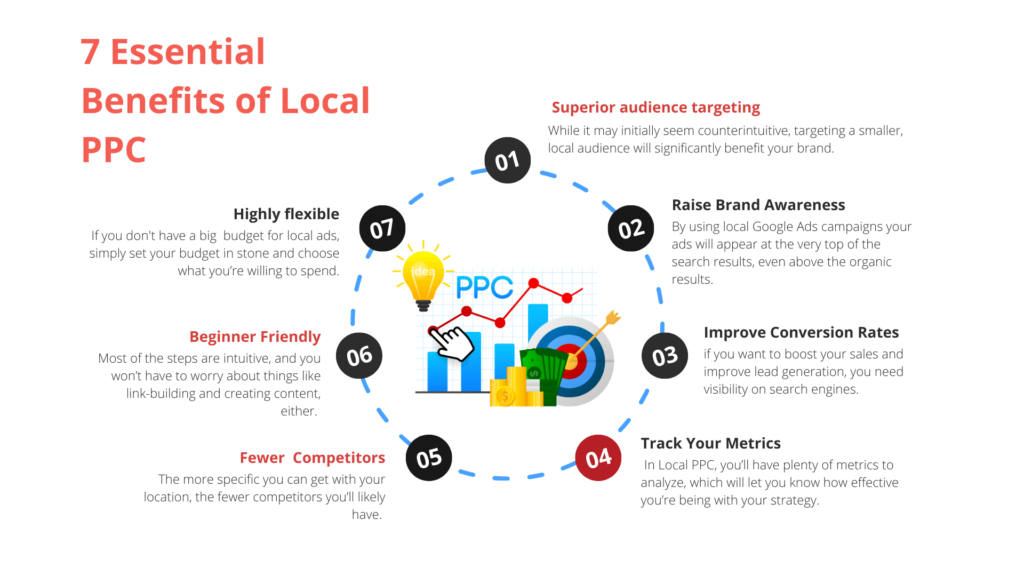
Conclusion
Getting the most out of your PPC spend relies heavily on creating high-converting landing pages. Invest the time upfront to thoroughly research your audiences and craft customized pages that speak directly to their needs. Simplify page layouts to focus attention on a clear CTA and irresistible offer. Continually test and refine elements using analytics and experimentation to drive up conversion rates over time.
With persistent optimization, your landing pages will become sales machines that maximize every visitor. By implementing the tips in this guide, you can expect to see significant increases in qualified leads and revenue from your PPC traffic. Don’t leave money on the table – put these best practices to work and watch your conversions climb.

